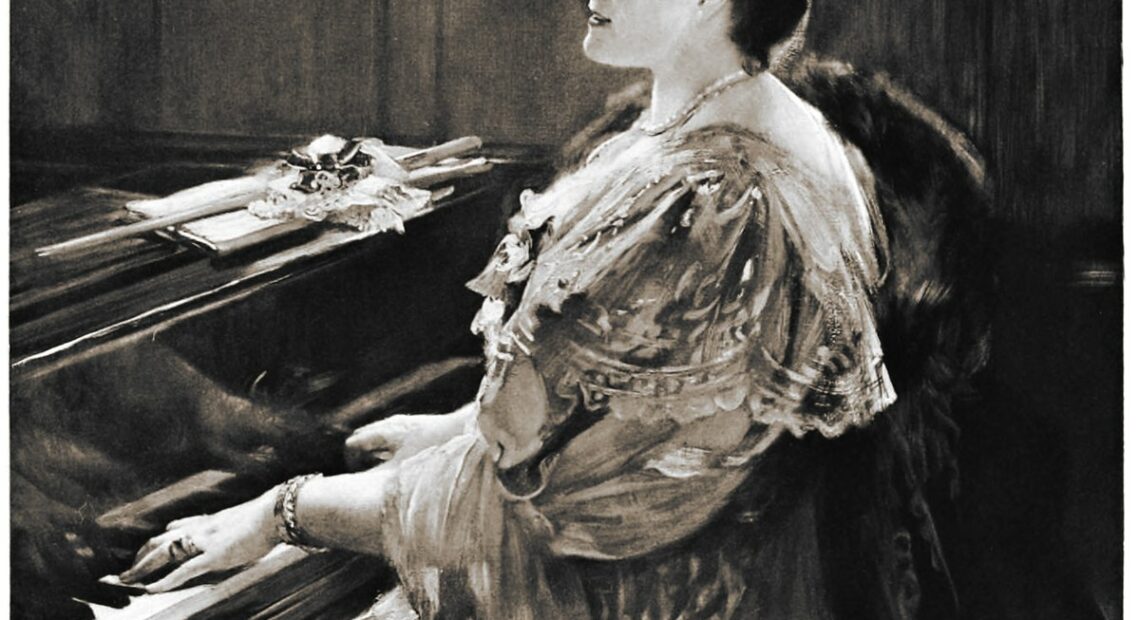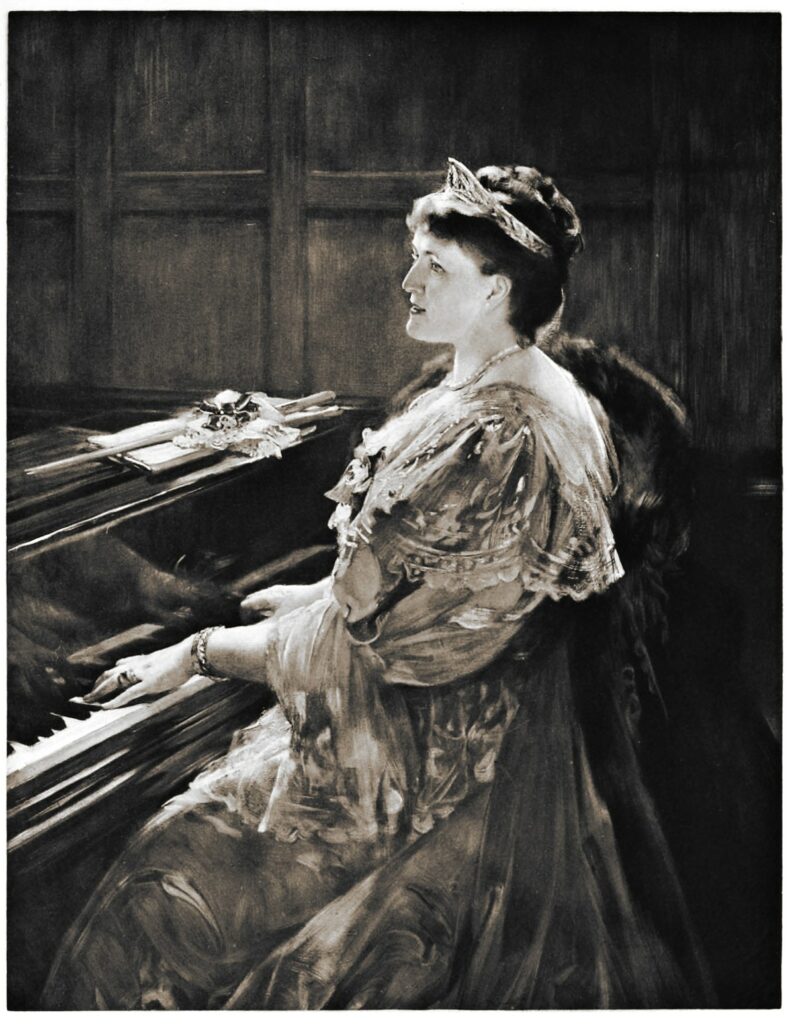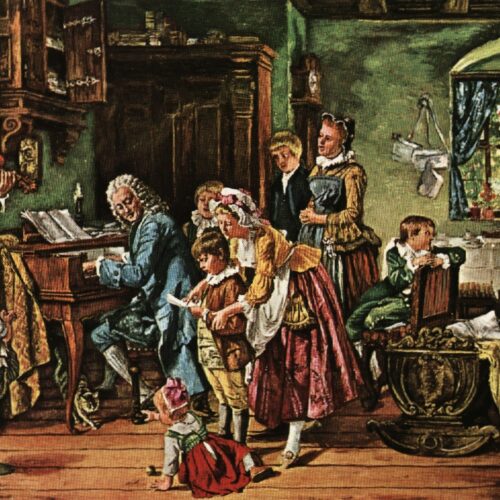
Women’s History Music Moment: Helen, Countess of Radnor

Helen, Countess of Rador seemed to care very little for what society said she could or couldn’t do as a Victorian Lady – so she decided to make history.
Born in a tiny town in Central England, a young Helen moved to London, moved to London, married an Earl, and started her [new] life as a countess and patron of the arts.
Before long, she created her own women’s string orchestra and became its conductor. She made waves in England and overseas, with society papers everywhere hungry to talk about her. She even invited by Barnum and Bailey to give a performance in America .
After she was already well-established and incredibly popular, she called on a friend to write a piece of music for her and her orchestra – the friend was Hubert Parry. And his beloved Lady Radnor’s Suite cemented her place in music history.
She also used her popularity for good – raising money for various causes and giving free concerts around London.
Lady Radnor’s orchestra grew to over 80 members and frequently included a 100 member chorus at the end of its 15 years of delighting the world. Even after she stopped her public performances, she left in her wake many successful women’s orchestras to continue her legacy.
Lady Radnor has frequently been described as “unique” over the years – a word she no doubt earned by disregarding norms for ladies and paving her own way.
Related Stories:

Dedicate Classical Music To A Special Someone This Valentine’s Day
Music can express and inspire so many emotions. That makes it a perfect way–a “heartfelt” way–for you to show your love and appreciation to someone who plays an important role in your life.

Vote For Your Favorite Music In NWPB’s Classical Countdown
What is your favorite symphonic movie score? Your favorite aria or overture? Whether it’s a well-known composition by Bach or Beethoven, or a hidden gem by a lesser-known composer, NWPB wants to know what pieces resonate with you.

Women’s History Music Moment: Bach’s Daughters
You’ve heard so much about the sons of Johann Sebastian Bach, but there were daughters, too.
Bach was 23, and his wife Maria Barbara was 24, when the first of their children was born. They named her Catherina Dorothea. CD grew into a singer, and helped out in her father’s music work. Fifteen years passed, her mother died, her father remarried, and finally, CD Bach acquired a sister: Cristina Sophia Henrietta, daughter of Johann Sebastian and Anna Magdalena Bach. CSH died at the age of three, just as another sister, Elizabeth Juliana Frederica, was born. EJF Bach would grow up to marry one of her father’s students.















